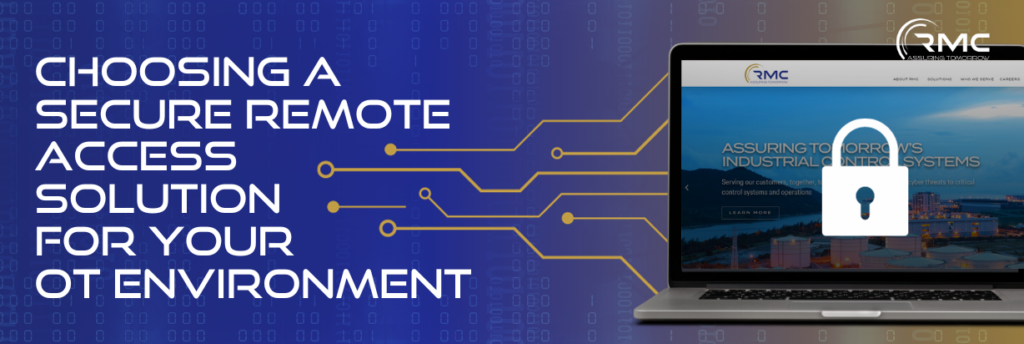Vince Kuchar, CEO of RMC Global & Brad Bekampis, Senior Cybersecurity Specialist
As global industries embrace an interconnected digital era, secure remote access within operational technology (OT) environments stands out as a key element of sustaining seamless business operations.
In today’s dynamic digital realm, businesses are tasked not just with keeping stride, but with charting their unique path. Operational safety, scalability, and adaptability become paramount. It’s not merely about integrating secure remote access in OT environments, but about selecting the right architecture and solutions tailored to an organization’s specific needs. These choices are critical elements in ensuring the resilience of business operations in a constantly shifting digital landscape.
RMC Global stands at the forefront of the cybersecurity transformation taking place in OT, guiding enterprises through this fast-moving digital revolution. Let’s dive in and take a closer look at the crucial role secure remote access plays in the equation of modern-day operational efficiency and cybersecurity resilience.
Defining the Needs and Understanding the OT Environment
To effectively select and implement a remote access solution, it’s essential to understand the nuances of the OT environment and its unique requirements. Two primary factors are driving the rising demand for secure remote access:
- Business Intelligence and Process Monitoring: The growing need within the C-suite for detailed business intelligence and real-time process performance data has elevated the demand for remote access. This access provides direct insight into production processes, enhancing strategic planning and decision-making. Furthermore, the shortage of qualified automation engineers means they often need to support multiple sites concurrently, which is enabled by remote access. These requirements have generated a growing need for wide-ranging remote access across various site infrastructures.
- Remote Work Revolution: The COVID-19 pandemic significantly altered the workplace dynamic. Engineers who used to spend hours on-site at factories or water pumping stations can now efficiently monitor multiple sites from the comfort of their homes. This not only increases efficiency but has also become a ‘new normal’ in a post-pandemic world.
How to Evaluate Different Remote Access Solutions
It’s crucial to understand what secure remote access means in a practical context. Recognizing the need for remote access is just the beginning; what should companies prioritize when selecting a solution? Here are some key considerations:
- Internal vs. External Access: There are two primary types of remote access—internal (originating from trusted sources within the company) and external (often coming from untrusted sources or vendors supporting the systems). While internal access places a premium on convenience and efficiency, external access demands heightened security. Not only does it necessitate the same level of accessibility as internal access, but it also incorporates the use of VPNs—Virtual Private Networks, which provide a secure and encrypted connection—and employs stricter access control measures to safeguard the integrity of the system.
- Convenience vs. Security: OT differs from Information Technology (IT) in its unique challenge of balancing convenience and security. For example, while it’s secure to have engineers enter separate credentials for each piece of equipment they access, this can be burdensome and inefficient in real-world applications.
- Control Over Sessions: Especially when external vendors are involved, the plant should maintain full control over the remote session. They should have the ability to initiate, monitor, and terminate sessions as needed, ensuring that vendors can’t log in without the plant’s knowledge.
The Convergence of IT and OT
Ensuring Scalability and Flexibility for Future Challenges
Businesses must anticipate tomorrow’s challenges when evaluating remote access solutions for OT environments. Scalability, at its essence, allows a system to expand and manage increased demand. In the context of remote access, it means effortlessly handling more users as a company grows, smoothly integrating new geographic territories, and readily adapting to technological advancements.
The constant evolution of cyber threats emphasizes the importance of flexibility. A resilient remote access solution should not only address today’s security concerns but also be agile enough to evolve with emerging challenges. Each organization possesses a unique risk profile and set of operational requirements, making the need for flexible, tailored solutions paramount. In the digital age, opting for a remote access solution that champions both scalability and flexibility is not just advantageous—it’s indispensable.
In parallel to these concerns, Incident Response (IR) teams play an integral role in maintaining this resilience. These teams must possess the capabilities to identify and promptly respond to instances of malicious remote access. This reinforces the need for regular audits and exercises, ensuring that businesses remain vigilant and uphold a robust defensive posture against evolving threats.
The Feb. 2021 incident at a Florida water treatment facility stands as a stark testament to the potential dangers of compromised remote access and weak credentials. Despite subsequent reporting questioning the details of the breach, it underscores the importance of evaluating remote access solutions, understanding the unique challenges posed by OT environments, and the constant tension between convenience and security.
As we’ve discussed, while the imperative for secure remote access in OT is heightened by evolving business demands and a shifting global work landscape, it comes with its set of challenges. Implementing remote access introduces potential risks if not executed securely. Sound architecture, consistent implementation and updating of security controls, vigilant monitoring, and the proactive measures of IR teams are all vital to mitigate these risks. Regular audits and exercises are essential to ensuring that businesses maintain a strong defensive stance in this digital age.
When implementing a new system or refining an existing one, a holistic and nuanced understanding of the security implications is key. Navigating these intricacies may seem daunting, but remember, you don’t have to go it alone.
For insights tailored to your operational needs, let RMC Global’s experienced team be your compass. Stay updated with industry developments by joining our LinkedIn community. Also, don’t miss out on the latest in OT cyber resilience on our News & Perspectives website.

